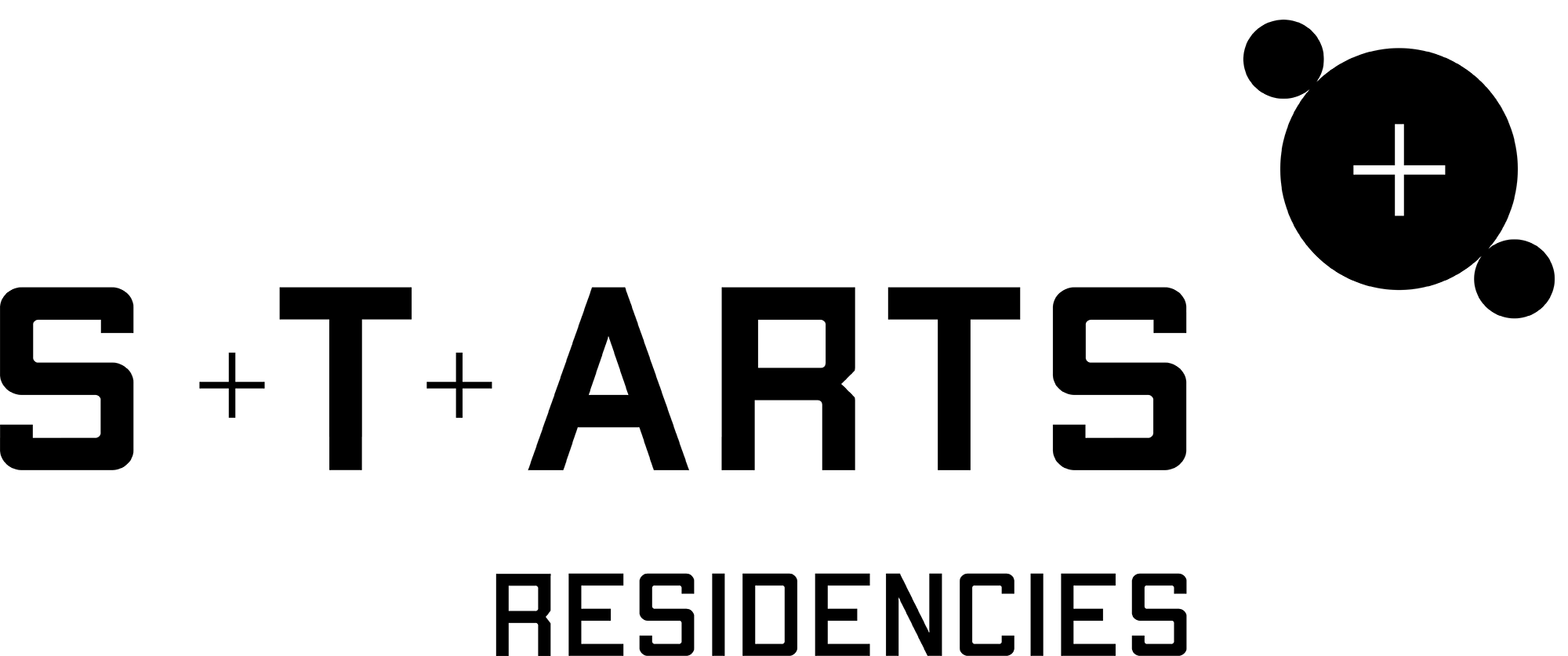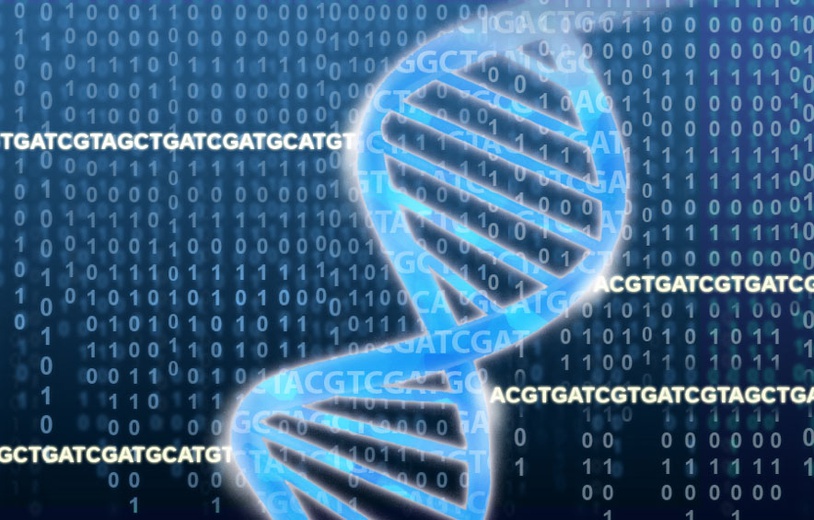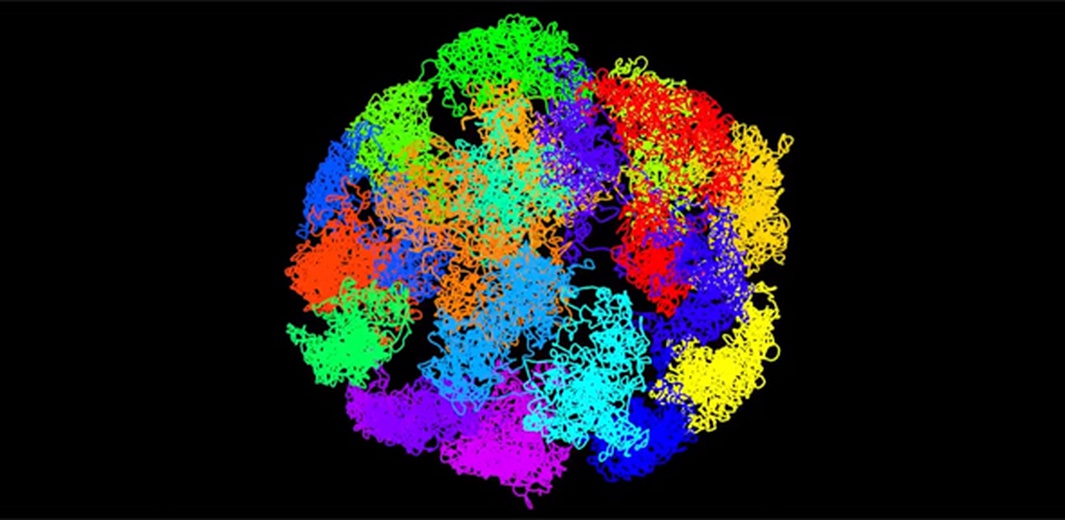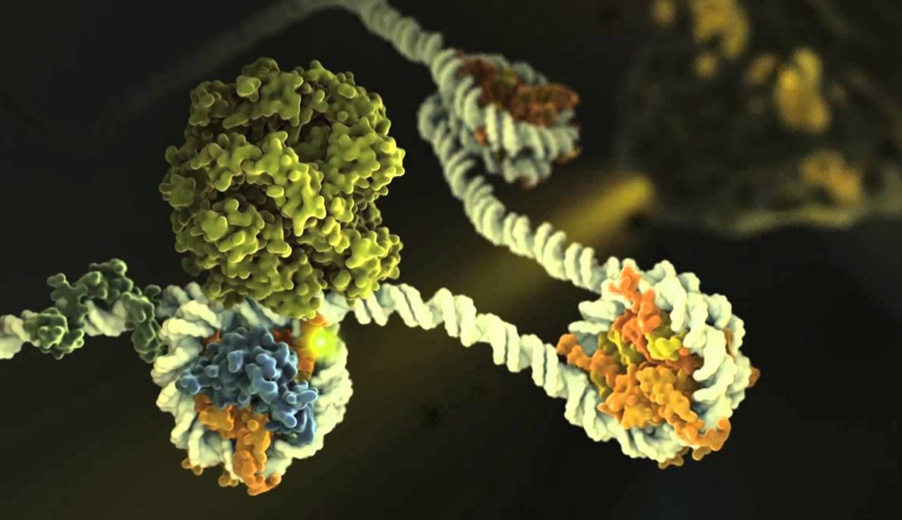Tech Project
Description of the challenges faced by the Tech Project
The technological challenge of the project is to integrate a large amount of interdisciplinary research data into one model to simulate the organization of the genome and epigenome in space and time, and the principles that lead to determination and maintenance of different cell types in response to internal and external stimuli linked to health and disease. Data generated by the project includes : - genome and epigenome sequencing data - 3D high-throughput (deep-imaging) and super-resolution imaging (“nanoscopy”) data - massive parallel single cell gene expression data - datasets from DNA-protein interaction and chromatin conformation studies - mathematical modelling data
Brief description of technology
The three-dimensional (3D) organization of the human genome plays an essential role in regulating how genes function in a cell. It has already been shown that active genes tend to be in more loosely packed, ‘open’ compartments of the nucleus compared with inactive genes, but little is known about how genes are organised into these different regions or how their location changes when they are switched on and off. Several recent high-throughput technologies based on genome sequencing and light microscopy have emerged and are providing an unprecedented opportunity to study the genome spatial organization in a dynamic fashion and in three dimensions, allowing researchers to zoom in and out at the complexity of human genes as using Google Earth.
What the project is looking to gain from the collaboration and what kind of artist would be suitable
The project can benefit from this collaboration in many different ways. We are open to host different kinds of artists, from a visual artist, to a painter or sculptor or even a musician. These artists could actively contribute to the project, by creating novel and original ways for genome visualisation or an art piece that could help disseminate the project to non-scientific audiences, or by providing approaches and points of view different to those of the scientists and triggering an open dialogue between science, art and society. The scientists will provide the artist with datasets, graphic materials and microscopy images, as well as with other relevant information arising from the project, which will enable the artist to develop his/her own project in optimal conditions. Ideally, the developed artwork will be "portable" so that we can reach many people and spread the concept of genomes to many different audiences.
Resources available to the artist
The artist will have access to the project´s research infrastructures at the Centre for Genomic Regulation (CRG) in Barcelona, datasets, graphic materials and microscopy images arising from the project, dedicated space and internet connection. The artist will work in close collaboration with the leading scientists and science communication experts. Contribution to travel expenses, consumables and equipment could also be considered depending on the specific needs of the artist.




